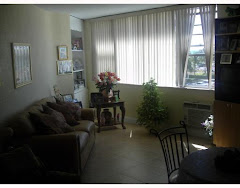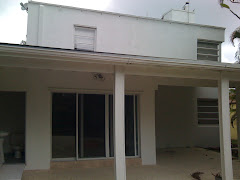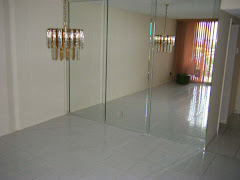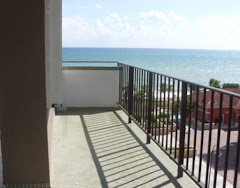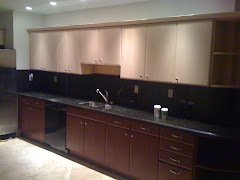
The real-estate industry is lobbying the Federal Reserve for modifications to a bailout program that the industry said may avert a wave of commercial-property defaults.
Real-estate owners and investors who have talked to the Fed predict the central bank will begin offering some five-year loans under the government's Term Asset-Backed Securities Loan Facility, or TALF. That is longer than the three-year loans being offered.
While it may be a small change, the length of loans is a critical matter to the Fed, which prefers to make short-term loans. Longer-dated loans could make it more difficult for the Fed to fight inflation, as the bank can't pull back the money injected into the economy.
Real-estate investors, however, said the longer-term debt is critical to saving the commercial real-estate business, which faces a record amount of debt coming due in the next three years. Industry observers are expecting the delinquency rate to double by the end of this year and go higher next year. Problems could be magnified if the credit drought continues and owners of even healthy properties are unable to refinance.
Fed officials declined to comment on details, and some people familiar with the talks said that no decisions have been made yet. Industry executives are hopeful that the Fed will announce the program modification and other details by the end of the month.
The Treasury Department also has said that the Fed is working to ensure that the duration of the TALF loans "take into account the duration of the underlying assets." TALF makes low-cost loans available to investors who buy securities backing everything from credit cards to auto loans.
Anticipating that TALF will be modified, a number of investment firms, including BlackRock Inc., Prudential Financial Inc. and ING Groep NV unit ING Clarion Partners LLC, are positioning themselves to use the TALF program to buy high-quality commercial mortgage-backed securities, or CMBS. Some of them aim to raise billions of dollars for that purpose.
Commercial-property debt is expected to be one of the most attractive TALF-eligible assets, because it is collateralized by office buildings, malls, warehouses and other income-producing real estate. It is perceived as less risky than consumer credit such as credit-card debt and car loans.
"We're gearing up to raise funds" to tap into the leverage offered by TALF to buy highly rated CMBS bonds, said Steve Switzky, a managing director and portfolio manager at BlackRock.
Industry executives hope that the TALF effort will resurrect the CMBS market. In 2007, about $230 billion of securities were sold. That number dropped to zero by last summer. The dearth of financing has frozen sales and sent values plummeting, setting the stage for another wave of defaults that could cripple some banks and other lenders.
The first TALF-eligible deals, involving securitized car loans and credit-card cash flows, began in March, but investor response to the program has been anemic. Investors applied for just $1.71 billion in loans on Tuesday in the second round of TALF, according to the central bank. That follows applications for $4.71 billion last month.
Obama administration officials have been promising for weeks that the TALF would be expanded to include commercial real estate. But details have been sketchy and have been a subject of debate between policy makers and the private sector.
"We're continuing working with market participants," said a New York Fed spokeswoman, who declined to comment on any specifics.
The $700 billion market for existing CMBS, which is as big as the markets for securitized auto loans, credit cards and student loans combined, has rallied in the past two weeks on hopes for TALF. Yields on the highest-quality CMBS bonds have fallen to 12% from 14% one month ago, according to Trepp LLC, which tracks the commercial-property debt market.
Bringing down the yields on existing debt is critical to spark new lending, said market participants, because investors can buy top-rated CMBS bonds that offer yields close to that of junk bonds. Those higher yields crowd out the market for new issues.
"With triple-A CMBS currently yielding as much as 15%, this doesn't bode well for property values," said Jim Higgins, chief executive officer at Sorin Capital Management, a Stamford, Conn., hedge-fund firm that is interested in participating in the TALF program.
Policy makers believe it is critical to get credit flowing to the $6.5 trillion real-estate industry. Defaults likely would rise if borrowers were unable to refinance loans as they become due.
But commercial real estate also has presented a conundrum for the Fed, because most real-estate loans are made for more than five years. Fed officials are hesitant to getting locked into long-term obligations. Earlier this year, the Fed reluctantly stretched the TALF's duration to three years from one.
The possibility of extending it further has made some regulators uneasy.
But in meetings and phone calls with New York Fed officials, who are leading the TALF effort, commercial real-estate executives and CMBS investors have pressed them to extend the program's term.
"TALF is going to be the first step in freeing up the liquidity and breaking the logjam" in the commercial real-estate debt market, said Gayle P. Starr, head of capital markets at AMB Property Corp., one of the nation's largest owners of industrial properties









